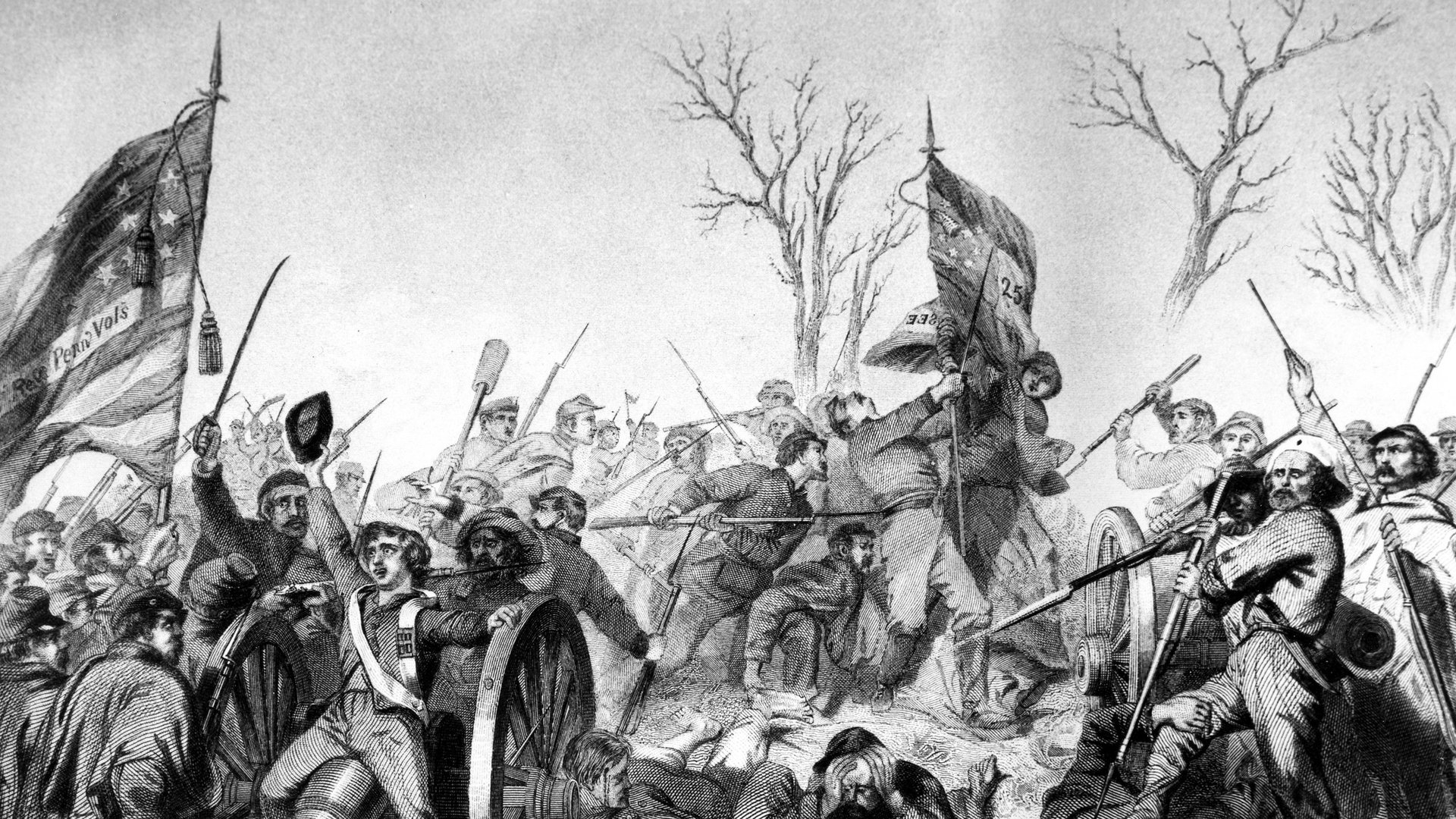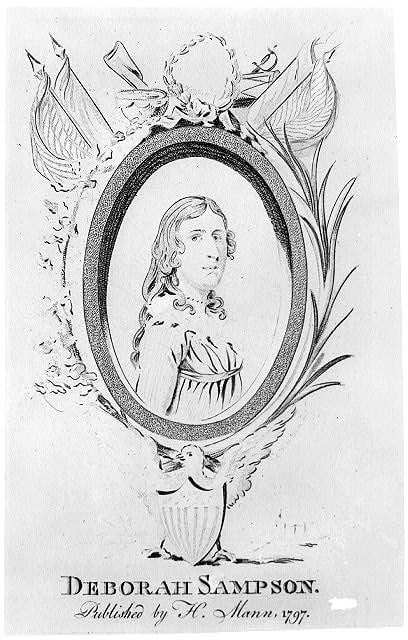America was founded on the heroic efforts of gender-fluid soldiers like Deborah Sampson
Do you have front teeth? Can you move your fingers and thumbs?


Do you have front teeth? Can you move your fingers and thumbs?
That was virtually all you needed to fight alongside soldiers in the Continental Army that helped found the United States, according to historians. Since then, enlisting has gotten a bit more complicated—and a lot of that is political.
Recent tweets by US president Donald Trump indicating he doesn’t want transgender people serving in the American military—calling them a “burden”—have reignited a public debate over the matter. But gender-fluid people have been in the ranks of the American military since the nation’s founding, leaving indelible marks in important battles along the way.
Here are a few:

Deborah Sampson
In 1782, Deborah Sampson became one of the first women to disguise herself as a man in order to join the Continental Army. Under the name Timothy Thayer, she went on to fight against the British in the American War of Independence.
At the time, military physicals during enlistment were virtually non-existent, according to historian Joyce Henry. “One must have front teeth and an operating thumb and forefinger so one may be able to reach in, grab a cartridge, tear off the paper, and be able to successfully load your musket. That’s really about all the physical, you basically have to be able-bodied,” he says.
Signing up for duty in Middleborough, Massachusetts, Sampson donned a bandage wrapped about her chest beneath her military uniform as to not belie her true identity. Her biographer, Hermann Mann, described her as standing about 5 ft 7 inches, which was taller than the average woman of her day. Like her male counterparts, Sampson packed a gun, bayonet, and cartridge box. After being recognized by a local resident shortly after enlisting, she had to drop out of her unit. Not to be discouraged, she signed up again about 50 miles west in Uxbridge, Massachusetts. According to Mann, her physical appearance helped her slip by unnoticed for a more than a year:
She has a skin naturally clear, and flushed with a blooming carnation. But her aspect is rather masculine and serene, than effeminate and sillily jocose. Her waist might displease a coquette: but her limbs are regularly proportioned.
According to historians, Sampson fought in several skirmishes, taking bullets to her leg and a severe cut to her forehead. She refused medical treatment for her leg injuries, opting instead to remove one of the musket balls on her own with a needle and pen knife. (She never got the second out.)
Sampson fell ill the summer of 1783 and her true identity was discovered by a doctor, who did not immediately report her. She was eventually given an honorable discharge and enough money to travel home.
Albert Cashier
Albert Cashier was born as Jennie Hodgers but identified as a man for most of his adult life. He joined the military in Illinois after president Abraham Lincoln issued a call for soldiers for the Civil War. Cashier fought for the Union Army from 1862 to 1865 under general Ulysses S. Grant, marching into more than 40 battles. Cashier was captured after a skirmish near Vicksburg but managed to escape and return to his camp. After the war, Cashier moved back to Illinois where he was injured in a car crash in 1911. Unable to work, he was sent to a veterans’ home, where his mental state faded.
In 1914 he was transferred to a mental hospital, where attendants made him wear women’s clothing again. He died a year later.
Sarah Emma Edmonds
Sarah Emma Edmonds also served with the Union Army during the Civil War, going by the name Frank Thompson. In 1861, the Canadian-born Edmonds enlisted to fight in Flint, Michigan. According to historians, she fought in multiple battles, including at Antietam and in both battles at Bull Run. Though the timing and history are murky, Edmonds is also said to have worked as a spy for the northern army, going deep behind enemy lines and working close to the Confederate military as a laundry worker. After serving, she would go on to receive a government pension for her military service and continued working at a veterans’ hospital in Washington, DC.
Mary and Molly Bell
On the opposing side of the Civil War, Mary and Molly Bell were two cousins in Virginia who fought for the Confederate Army. They served as Tom Parker and Bob Martin respectively. The two fought across the Shenandoah Valley as well as at the Battle of Gettysburg, marching onto battlefields in disguise for about two years. They were discovered in 1864, imprisoned for three weeks, and then released to return home.
Cathay Williams
Cathay Williams was the only documented African-American woman to enlist and serve in the military disguised as a man. She was initially forced to serve as a cook for the Union Army, but after disguising herself, she successfully signed up to join the armed forces in 1866 under the name William Cathay. She served for two years before her sex was discovered during a medical exam and was discharged.
Her request for military pension was not approved.
Loretta Janet Velazquez
A wealthy Cuban-born aristocrat, Loretta Janet Velazquez was undeterred when her husband refused to let her join him when he left New Orleans to fight with the Confederates. Dipping into her fortune, Velazquez disguised herself under the name Lt. Harry T. Buford, recruited a small infantry battalion, and led the men to where her husband was stationed. Her husband’s reaction to Velazquez’s cunning maneuver unfortunately isn’t part of recorded history, but it is know that he died several days later in a shooting accident.
Velazquez went on to fight at the battles of Bull Run and Shiloh. After her true identity was discovered—at least twice—she became a spy, heading to Washington, DC to scout out information for the Confederacy.
Where are we now?
The US didn’t allow women to serve in the armed forces in a position other than a nurse until the early 1900s. One hundred years later, the US Department of Defense (pdf) reported that in 2015 about 16% of active duty people serving in the US military were women, or about 200,000 people.
The first of those women to serve was Loretta Perfectus Walsh, who in March 1917 became the first female petty officer in the US Navy. She was nearly 21 years old, and her official assignment was a bit less exciting as some of her disguised, spying forbears: The Navy had most of its early enlisted women doing clerical work, production at ammunition factories, and radio operating jobs.